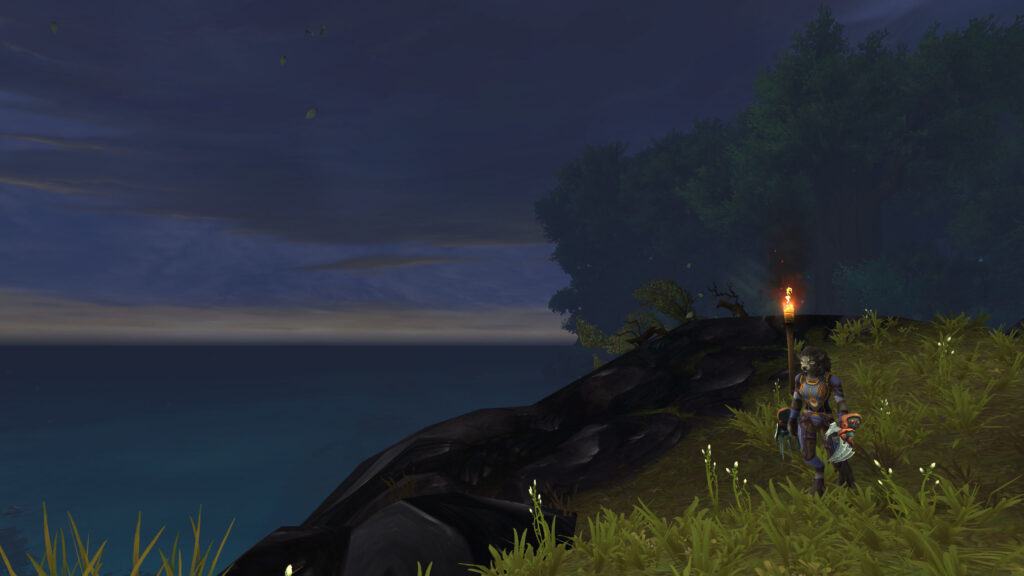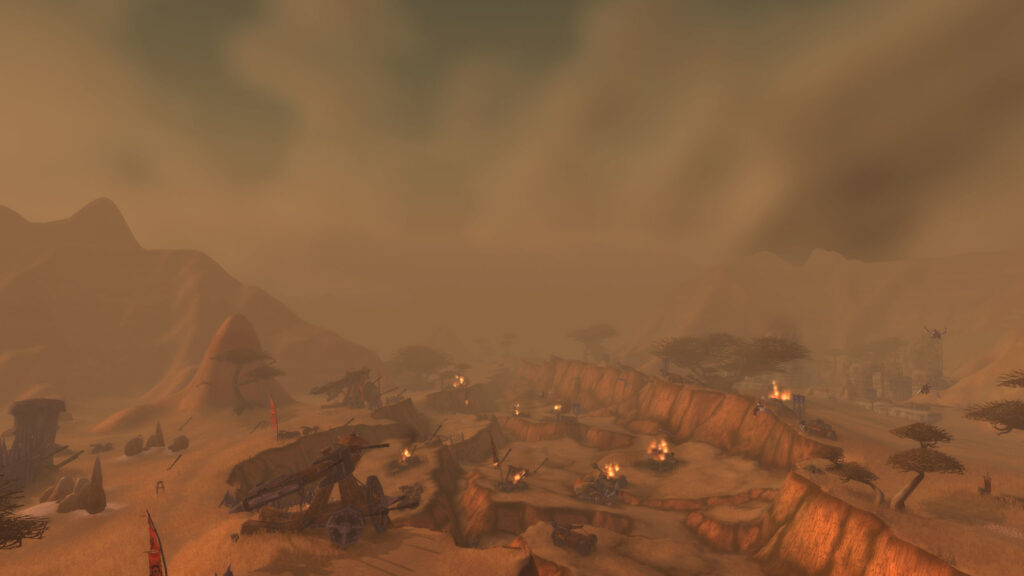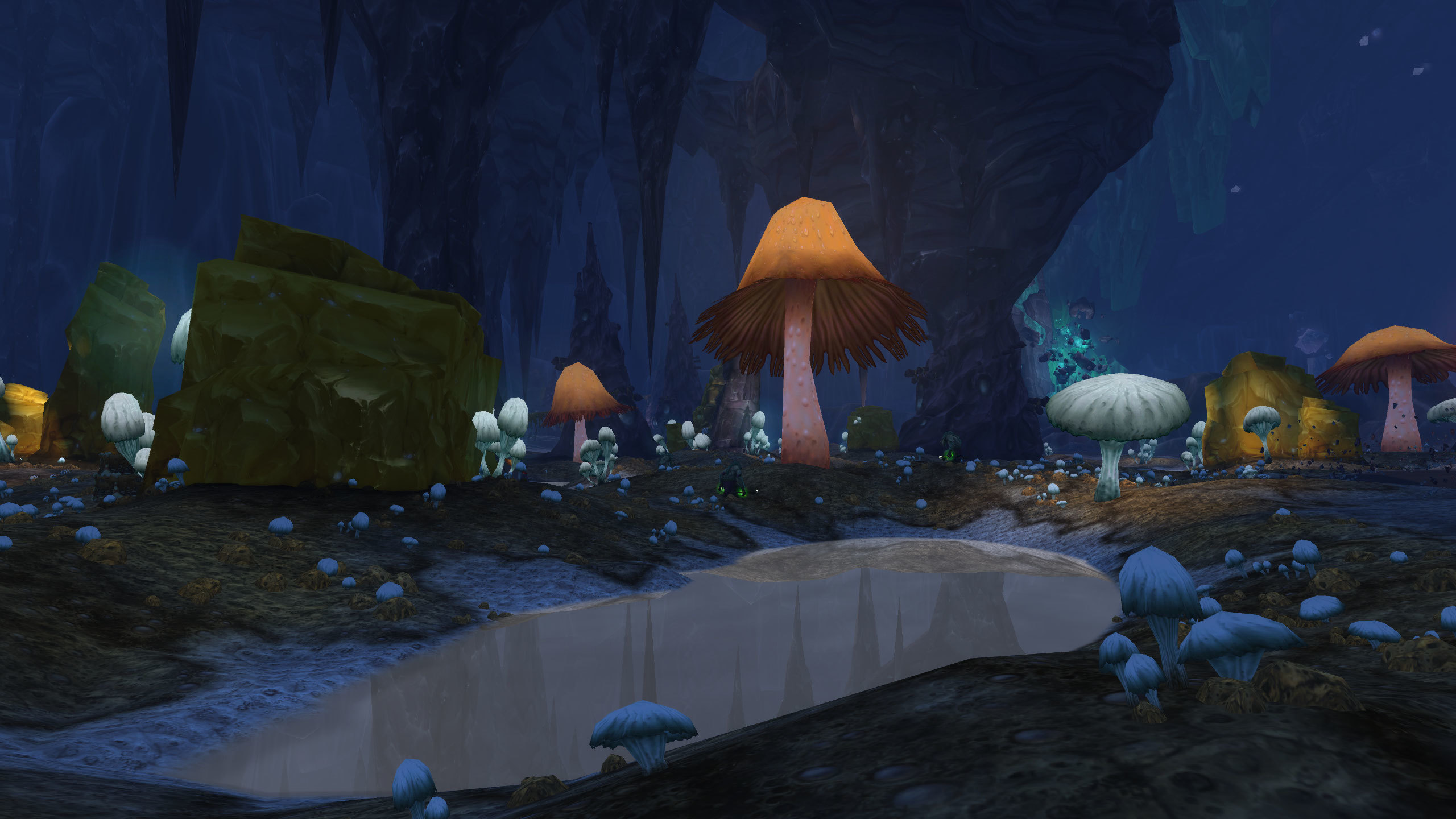In World of Warcraft, storytelling isn’t confined to dialogue boxes or cinematic cutscenes. Much of Azeroth’s narrative lives in the world itself—expressed through color, architecture, light, and motion. Blizzard’s mastery of visual storytelling allows players to absorb lore without a single line of text, transforming exploration into a narrative experience.
This article uncovers how Blizzard’s use of visual cues—from the design of a fallen sword to the glow of corrupted crystals—conveys emotion, history, and meaning without a word being spoken.
The Language of Color and Light
Color is one of Blizzard’s most powerful storytelling tools. Every region uses a distinct palette to communicate tone and theme. The golden hues of Stormwind evoke hope and purity, while the pale blues of Icecrown express despair and cold judgment. Light isn’t merely decorative—it’s emotional punctuation.

Subtle shifts in lighting guide player emotion as effectively as music, creating moods that resonate long after the quest ends.
Environmental Storytelling Through Decay and Renewal
Many of WoW’s zones tell stories of transformation through their landscapes. A shattered forest hints at past wars; a rebuilt village speaks of resilience. These visual contrasts make the world feel alive, showing time’s passage without exposition. For instance, Eversong Woods radiates eternal beauty, while Ghostlands—a short ride away—embodies the cost of that beauty lost.
- Ruins: Represent forgotten civilizations and lingering scars.
- Flora and Fauna: Reflect the balance or corruption of nature.
- Architecture: Reveals cultural identity and historical conflict.
Every brick, vine, and bone in Azeroth has purpose—it’s visual memory made permanent.
Architecture as Character
Buildings in WoW aren’t just functional; they’re narrative symbols. The spires of Silvermoon shimmer with pride and arrogance, while the jagged fortresses of the Orcs exude strength and survival. Even small design choices—like the curve of a doorframe or the texture of a wall—reflect cultural values and historical trauma.

Through architecture, Blizzard gives every race and faction a voice, even when none are speaking.
Motion and Animation: The Unspoken Dialogue
Body language and animation breathe life into WoW’s characters. A guard leaning wearily against a wall or a child chasing fireflies says more than any dialogue could. Blizzard’s animators use idle poses, walk cycles, and gestures to express mood and story. These micro-expressions create empathy and immersion, turning NPCs into believable inhabitants rather than static quest givers.
| Animation Cue | Implied Emotion | Example |
|---|---|---|
| Idle stance with drooping shoulders | Exhaustion or loss | Soldiers after a failed siege |
| Upward gaze with glowing eyes | Hope or divine influence | Priests praying in Stormwind Cathedral |
| Slow sweeping patrol path | Vigilance or suspicion | Guards in Duskwood at night |
These moments weave a visual rhythm through Azeroth, where every movement carries narrative weight.
Sound and Color Harmony
Even though this article focuses on visuals, it’s impossible to separate sight from sound. Blizzard often matches ambient music and environmental tones to color palettes, creating subconscious harmony. In places like Zuldazar or Ardenweald, color and sound blend seamlessly—turning exploration into a multisensory story.
Symbolism in Props and Decoration
Props serve as narrative anchors. A single broken banner can speak volumes about defeat; a candle-lit altar reveals devotion or mourning. Blizzard uses these small details to tell large stories. The player who stops to observe—rather than rush—finds that Azeroth’s greatest tales are often hidden in plain sight.
The Art of Player Interpretation
Visual storytelling in WoW thrives because it invites players to interpret. Unlike dialogue, which tells, visuals suggest.

A field of withered flowers or an untouched shrine encourages imagination. This openness allows every player to connect differently—to feel awe, sorrow, or nostalgia in their own way. It’s a shared experience, deeply personal yet universally understood.
Conclusion
Through subtle visual cues, Blizzard transforms landscapes, lighting, and motion into silent storytellers.
Every mountain ridge, every flickering torch, and every piece of worn armor contributes to a living world that speaks without words. In a genre filled with text and exposition, WoW’s visual storytelling remains one of its greatest achievements—proof that sometimes, silence tells the most powerful stories of all.

